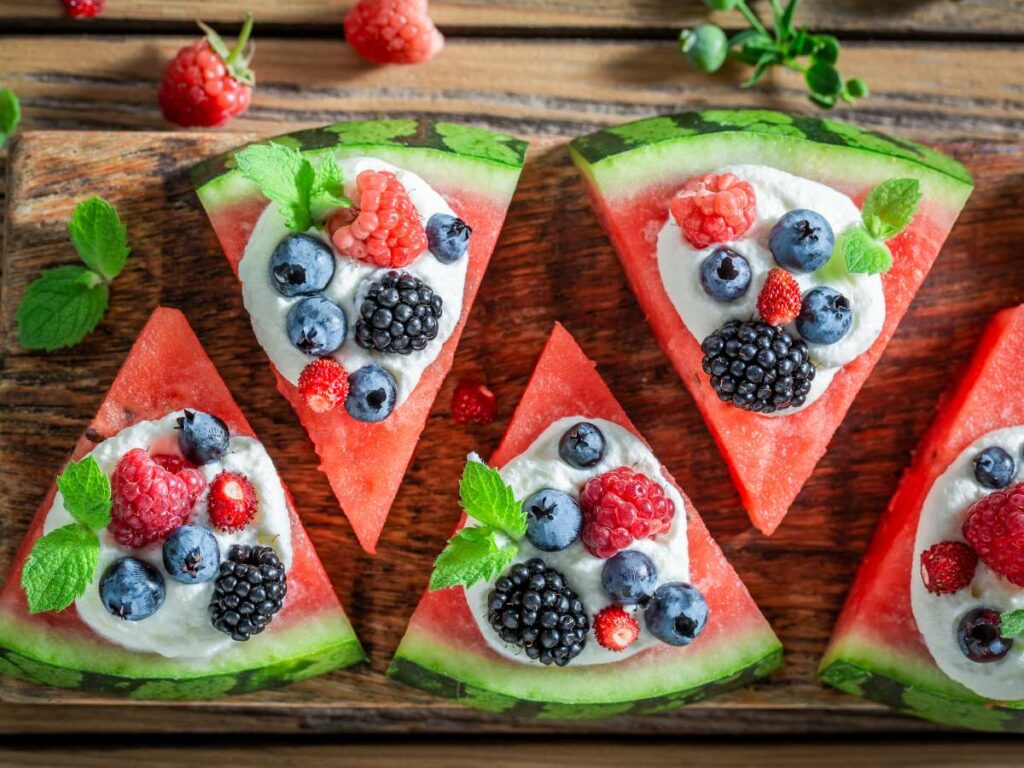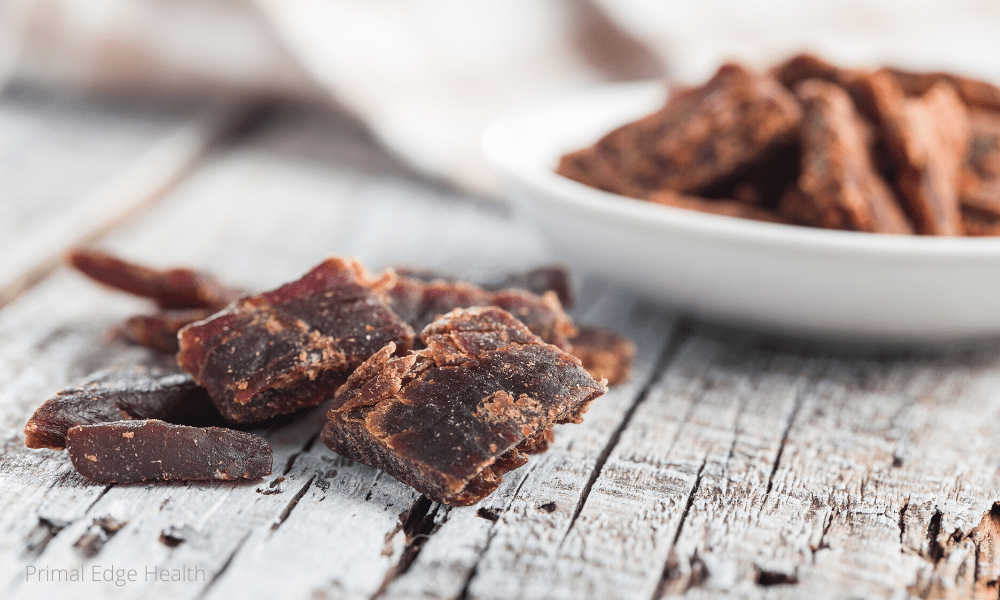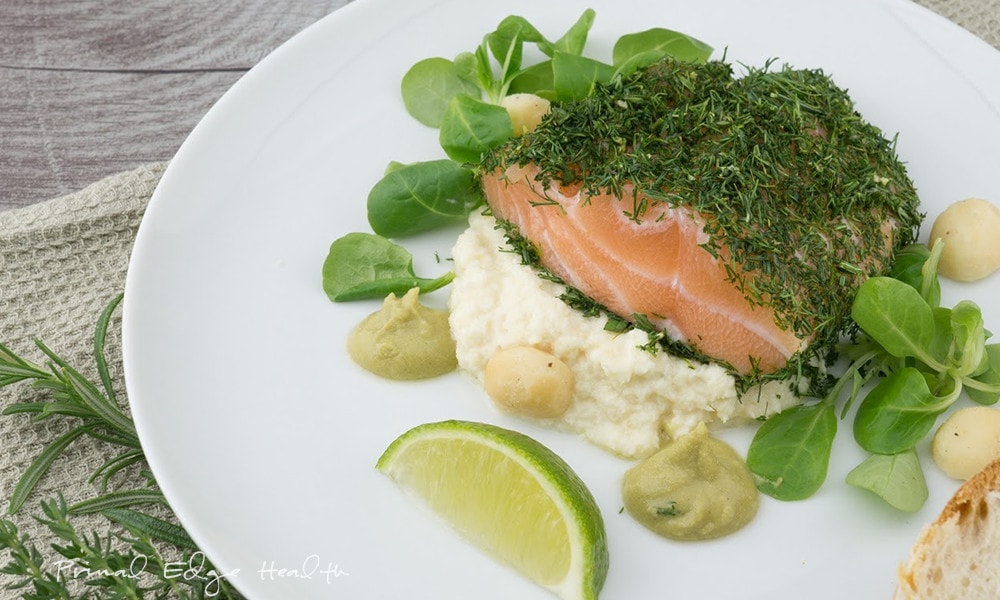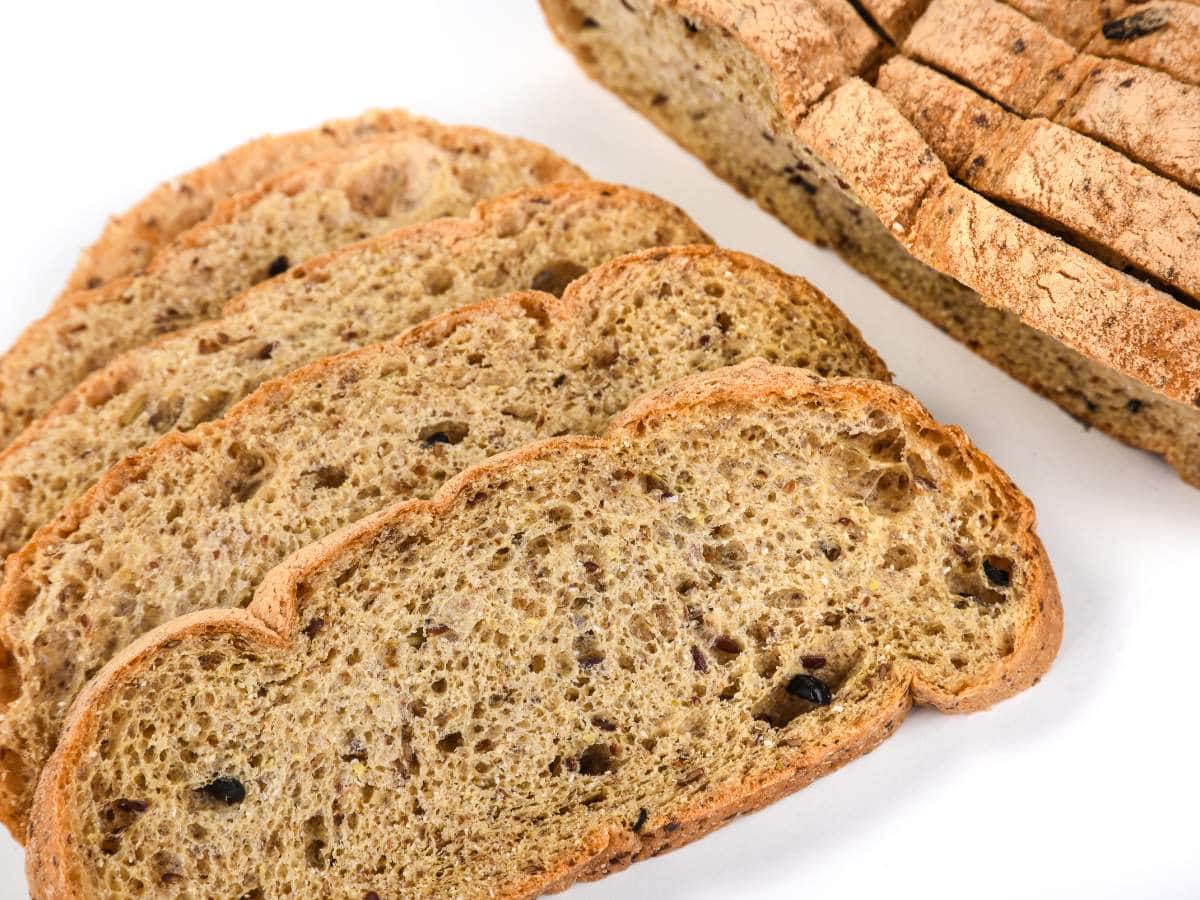25 Low-Carb Fruits to Add Sweetness but Not Carbs
Primal Edge Health participates in the Amazon Services LLC Associates Program and other affiliate programs and therefore, may collect a share of sales or other compensation from the links on this page. This comes at no additional cost to you, and all the prices and availability are accurate at the time of publishing.
Discover 25 low-carb fruits that are a perfect fit for a low-carb diet. These nutrient-packed options provide the natural sweetness of fresh fruit without the high sugar content, making them ideal choices to eat on the keto diet.

Low-carb fruits are essential to a healthy diet, especially for people following a low-carb or keto diet. They provide essential nutrients without overloading on carbs. Plus, they make great alternatives to sweet treats that are usually loaded with sugar and carbs.
There are so many fruits and vegetables you can eat on a low-carb, low-sugar or keto diet as long as you pick the right ones. The good news is that there’s a long list to pick from! Here are my favorite low-carb fruits that I eat on a regular basis.
Table of Contents (click to view)
What Are Low-Carb Fruits?
Low-carb fruits are those with a relatively low carbohydrate content. While the exact definition of what makes a fruit low-carb varies, they typically contain less than 10 grams of net carbs per serving. Net carbs represent the total carbs minus fiber, which your body does not digest and, therefore, does not impact blood sugar levels.
How Do Low-Carb Fruits Fit Into a Keto Diet?
The keto diet is a low-carb, high-fat diet that encourages the body to enter a state of ketosis, which burns fat for energy instead of carbohydrates. Because fruits are often high in carbs, many people following a keto diet avoid them altogether or limit their intake. However, you can incorporate some fruits into a keto diet in moderation if you stay within your daily carb limit.
Low-carb fruits, such as berries, avocados, olives, and tomatoes, are excellent options because they provide essential vitamins, minerals, and antioxidants without significantly increasing your carb intake. These fruits can be enjoyed in small portions as snacks, added to salads, or used in low-carb desserts and smoothies.
Additionally, choosing fruits with higher fiber content helps lower their net carb count, which makes them more suitable for a keto diet. However, it’s still important to track your carb intake and be mindful of portion sizes to ensure you remain within your daily carb limit.

Berries Are the Best Fit for A Low-Carb Keto Diet
First and foremost are the famous berries. These are the best fruits for a keto lifestyle as they are the fruits with the least amount of net carbs.
- Strawberries: Vibrant and tangy, they are delicious and make a guilt-free treat that adds a burst of flavor to your snacks or desserts. They’re also perfect for low-carb breakfasts like these strawberry shortcake pancakes.
- Raspberries: These delicate and slightly tart fruits are high in fiber, making them a great choice to satisfy your sweet cravings while keeping your carb intake in check.
- Blueberries: Packed with antioxidants, these tiny and flavorful balls are a fantastic addition to your breakfast bowls, Instantpot yogurt or baked goods.
- Blackberries: A juicy and sweet option to enjoy as a snack, in smoothies or with some whipped cream for a simple dessert.
- Cranberries: These tart fruits are not just for Thanksgiving but are also a great year-round option. Whether you use them in cranberry sauce, baked goods or as a tangy addition to beet green salad, cranberries offer a unique flavor profile.
- Mulberries: Small and sweet fruits that can be enjoyed fresh or dried. Sprinkle them on top of cereal, mix them into yogurt or incorporate them into baked goods for a delightful touch.
- Huckleberries: Small, deep-purple bites are known for their intense flavor. Enjoy them fresh as a snack, incorporate them into baked goods or use them as a topping for pancakes or waffles.
- Elderberries: Dark purple tiny balls have a slightly tart taste. You can use them to make jams and syrups or incorporate them into desserts and baked goods for a unique and flavorful twist.
- Gooseberries: These tart, mini fruits that look like tiny watermelons offer a refreshing taste.
- Marionberries: These juicy and sweet wonders are a cross between blackberries and raspberries. Enjoy them fresh, use them in baked goods or blend them into smoothies for a burst of flavor.
More Keto Fruits to Eat on A Low-Carb Diet
Aside from berries, try adding these other fruit families to your diet. Citrus fruits are great for a refreshing dessert or a pure fruit juice that won’t spike your blood sugar. Plus, coconuts and avocados can add richness to smoothies, desserts, and fruit salads.
Avocados, in particular, are a super versatile ingredient. I use them for sweet treats like choco avocado mousse and savory snacks like my favorite tuna melt quesadillas.
- Lemons: Although not typically consumed on their own, lemons are incredibly low in carbs and can be used to add a zesty kick and tangy flavor to your lemonade, water, curd, dressings, marinades or use its zest for toppings.
- Limes: Known for their tangy and acidic taste, limes are a fruit that adds a refreshing kick to beverages, dressings, or marinades. It’s also a suitable substitute for lemon water. Squeeze some lime juice over grilled meat or use it to enhance the flavors of your favorite dishes.
- Coconut: While technically not a fruit but a drupe, it is processed into many coconut products that are all useful for everyday cooking and completely low-carb.
- Olives: These delicious treats, technically classified as fruits, are rich in healthy fats. I like them in a Mediterranean omelet.
- Tomatoes: While classified as a fruit, tomatoes are commonly used as a vegetable. Whether fresh in salads or cooked in sauces, they bring freshness and acidity to your dishes.
- Avocado: Creamy and versatile fruit is not just a low-carb option but also high-fat, making it a satisfying addition to salad and blended into avocado soup and an avocado smoothie.

What Extra Fruits Can You Eat on A Low-Carb Diet?
Here is a list of other fruits for a low-carb diet but not for keto. These are slightly higher in carbs but can still be used in small amounts.
- Cantaloupe: This refreshing melon is an excellent choice for a fruit salad or a quick, hydrating snack. It’s absolutely delicious with balsamic glaze.
- Peaches: Bursting with flavor during the summer months, peaches are a fruit you can enjoy on their own or incorporate into desserts, smoothies or even grilled for a caramelized treat.
- Watermelon: With its high water content and refreshing taste, watermelon is a summertime favorite that happens to be relatively low in carbs, making it a hydrating and guilt-free option for a sweet snack.
- Grapefruit: This tangy citrus fruit is known for its refreshing taste and relatively low-carb content, making it a popular choice for those watching their carbohydrate intake.
- Kiwi: With its unique texture and sweet-tart flavor, kiwi is a delightful fruit that adds a tropical touch to your snacks or desserts.
- Oranges: Although slightly higher in carbs than other fruits on this list, oranges can still be enjoyed in moderation as part of a low-carb diet.
- Pears: While some pears can be higher in carbs, there are options like the Asian pear or smaller-sized varieties.
- Guava: This tropical fruit is an excellent choice for those following low-carb. Its fragrant aroma and sweet-tart taste make it a unique addition to your fruit platters or smoothies.
- Apples: While apples are slightly higher in carbs than other fruits on this list, you can still use them in moderation.
How to Track Your Carb Intake While on A Low-Carb Diet
Tracking your carb intake on a low-carb diet doesn’t have to be complicated. Here are some easy and practical tips to help you keep tabs on your carbs:
- Keep a food diary: Jot down what you eat and drink each day. It’s a simple way to stay aware of your carb intake. I use these free printable tracking worksheets!
- Use apps: Apps like MyFitnessPal, Carb Manager, or Cronometer can be super helpful. Just log your meals, and they’ll do the math for you.
- Check nutrition labels: Look at the labels on food packages. They’ll tell you the total carbs, fiber, and net carbs per serving. For fruits and other produce, use the USDA website.
- Measure your portions: Use measuring cups, spoons, and a kitchen scale to make sure you’re eating the right amount. It helps you keep track of your carbs more accurately.
- Plan your meals: Planning ahead can make a big difference. Create a weekly menu with low-carb recipes to stay on track and avoid last-minute decisions.

Why Eat Fruits on A Low-Carb Diet?
Fruits are packed with essential nutrients that are great for your health, given you don’t have any contraindications with digestive disorders or autoimmune conditions after consuming them. A review from Advances in Nutrition gives us more insights into the essential vitamins and minerals in fruits.
They’re loaded with vitamins like vitamin C, found in citrus fruits, strawberries, kiwi and guava, which boost your immune system, keep your skin healthy and act as a powerful antioxidant. Vitamin A, in fruits like mangoes, cantaloupe and apricots, is key for good vision, a strong immune system and healthy skin.
Kiwi and blueberries are great sources of vitamin K, which helps with blood clotting and bone health. Meanwhile, vitamin E in kiwi and blackberries is an antioxidant that keeps your skin healthy.
Fruits also provide important minerals. Potassium, found in oranges and cantaloupe, helps manage blood pressure, fluid balance and muscle function. Magnesium, present in avocados, is involved in hundreds of body processes, including muscle and nerve function and blood sugar control. And these are just the tip of the iceberg!
Get All the Vitamins and Minerals without All the Carbs
Incorporating low-carb fruits and vegetables into your diet can be a game-changer, especially for those watching their carb intake. By focusing on grams of net carbs and opting for the fruits lowest in carbs, you can enjoy the nutritional benefits and natural sweetness that fruits offer.
Portions of this article originally appeared on Low Carb – No Carb.






